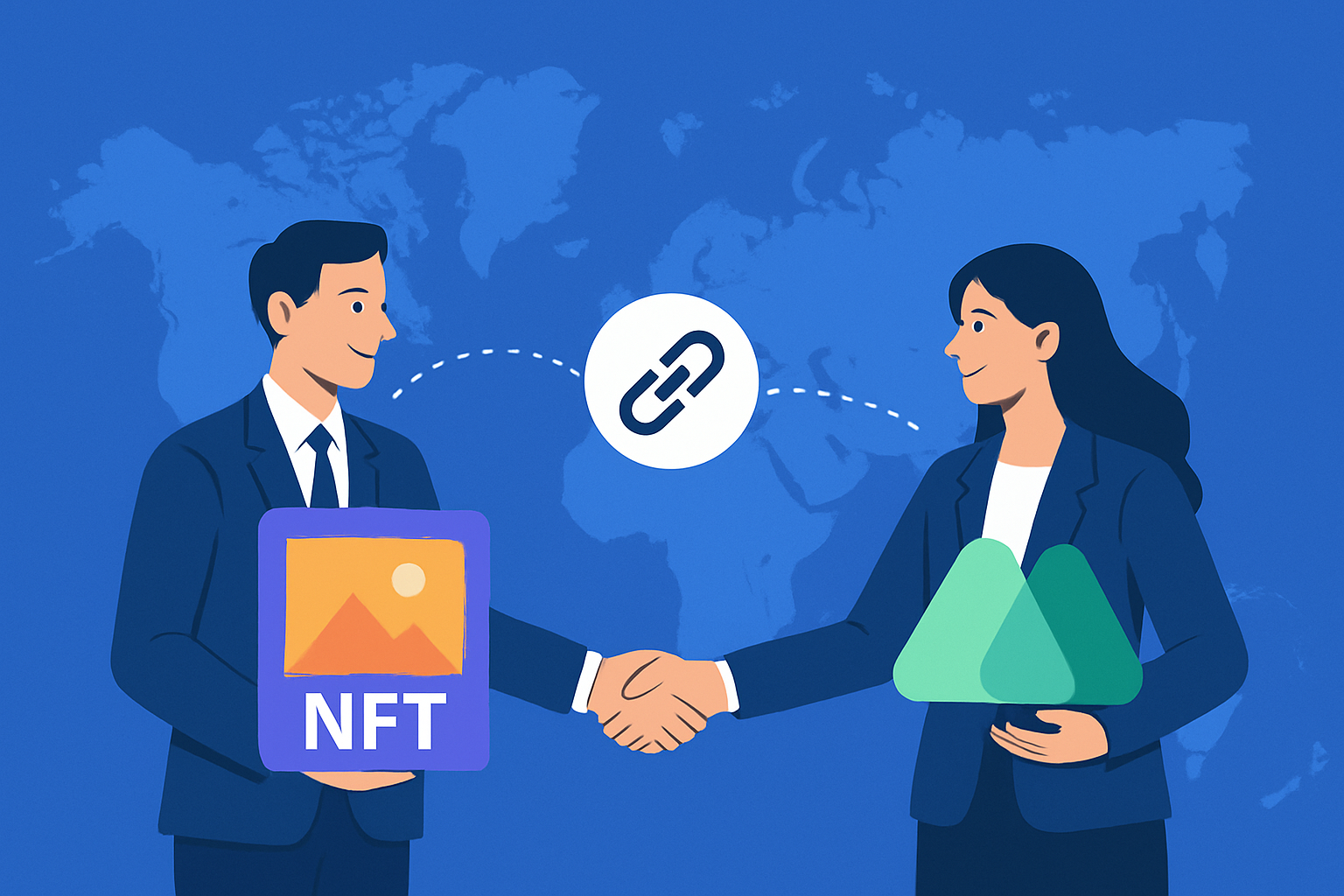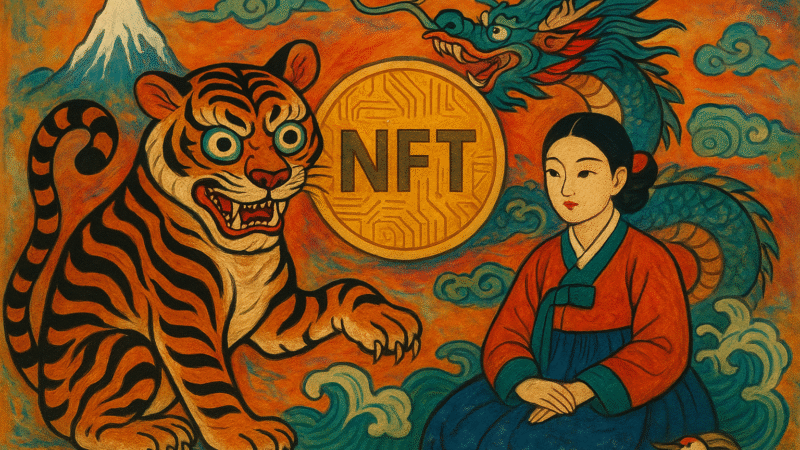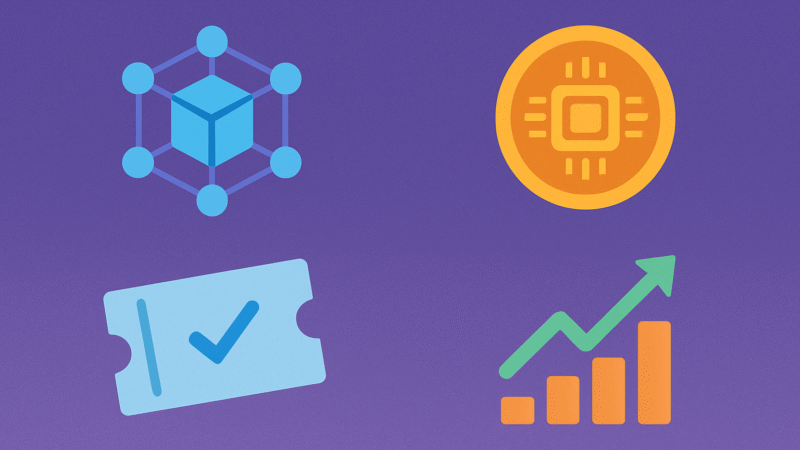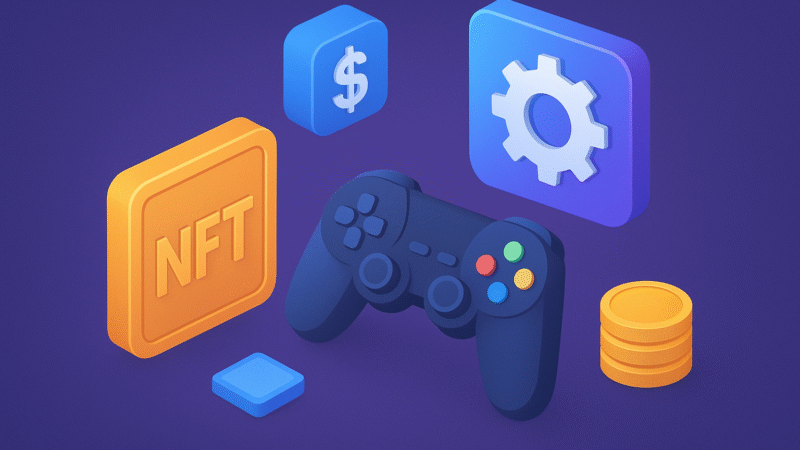Solana NFTs Show Powerful Resurgence Amid Crypto Market Recovery
Introduction
In mid-2025, Solana NFTs are experiencing a significant revival. This resurgence comes after a long period of stagnation following the broader downturn in the crypto and NFT markets. A combination of technological innovation, reduced gas fees, compressed NFTs, and improved creator tools has led to a sharp increase in both user engagement and overall trading volume across the Solana NFT ecosystem. With new platforms, protocols, and investor interest emerging, Solana has reestablished itself as a critical player in the NFT landscape.
The Rise, Fall, And Comeback Of Solana NFTs
Solana NFTs had their golden moment in 2021 and 2022, with collections like Degenerate Ape Academy, Okay Bears, and Solana Monkey Business gaining traction and building active communities. However, the market-wide crash in 2022 and 2023 took a toll on even the most robust ecosystems. Trading volumes dropped sharply, and many projects either went dormant or failed entirely. Yet, in 2025, Solana NFTs are showing clear signs of life.
The revival began subtly in early Q2 2025, with NFT volume inching upward on Solana-based marketplaces like Magic Eden and Tensor. But it wasn’t until June 2025 that this movement turned into a full-fledged resurgence. Key performance indicators—daily user activity, minting volume, and secondary sales—are now surging. Marketplace data shows that Solana NFT platforms have experienced a 35% increase in daily active users compared to May 2025. This isn’t just a brief bounce. It appears to be the start of a sustained growth phase for Solana NFTs.
What’s Fueling The Comeback?
Compressed NFTs (cNFTs): A Game-Changer
One of the key catalysts for Solana’s NFT resurgence is the adoption of compressed NFTs (cNFTs). This technology drastically reduces the cost and storage needs associated with minting NFTs. Instead of placing all data on-chain, cNFTs allow for metadata and media to be compressed off-chain with verifiable links. This has enabled creators to mint entire NFT collections at a fraction of the traditional cost.
The cost efficiency is not just a benefit to individual artists but also opens the door for enterprise-scale minting, including branded NFT drops, large-scale ticketing, and gaming assets. Platforms like Helius and Metaplex are leading the way in providing infrastructure for these compressed assets, making them easier to deploy and manage at scale.
As a result, creators who were previously priced out of the NFT game due to high gas fees or minting constraints are now returning to Solana in large numbers. This democratization of minting is breathing new life into the creator economy on the blockchain.
Solana Marketplace Wars: Magic Eden, Tensor, And The Race For Volume
Another driving force behind Solana’s NFT growth is the healthy competition between marketplaces. Magic Eden, long considered the dominant player in Solana NFTs, is now facing stiff competition from newer platforms like Tensor and Solanart. These platforms are innovating rapidly—offering lower fees, better user interfaces, advanced analytics, and deeper creator integration.
Tensor, in particular, has caught attention in the community by focusing on professional trading tools and real-time data feeds, giving NFT traders a more DeFi-like experience. Magic Eden has responded with curated drops, exclusive launches, and enhanced creator partnerships.
This ongoing marketplace battle has benefited the ecosystem as a whole. Weekly trading volumes have surpassed $30 million on Solana-based NFT marketplaces, representing a significant jump from previous months. With no signs of slowing down, the trend suggests Solana could soon reclaim its spot as a top NFT ecosystem by volume.
Creator Incentives And Community Engagement
Beyond the technology and platforms, Solana has revamped how creators are rewarded and supported. Protocols like Metaplex have restructured their royalty settings to ensure that artists receive consistent income from secondary market trades. These royalty mechanisms have been integrated deeply into most Solana NFT platforms, offering more sustainable income models for artists and developers.
Moreover, creator grants and funding initiatives have returned. Solana Foundation and ecosystem partners have begun issuing microgrants to upcoming projects that show community engagement and long-term vision. Combined with low-cost minting and reduced gas fees, this renewed financial backing has reignited interest among developers and artists alike.
This emphasis on fair economics has made Solana attractive again—not just to flippers and collectors, but also to the people building real value through NFTs.
Real-World Use Cases Expand: From Gaming To Ticketing
The current wave of NFT adoption on Solana goes beyond profile pictures and collectible art. Real-world utility is taking center stage in 2025. Compressed NFTs are now being used in event ticketing, loyalty programs, virtual fashion, and even supply chain verification.
In the gaming world, Solana’s fast and inexpensive transactions are particularly well-suited for NFTs that represent in-game assets. Projects like Aurory and Star Atlas are integrating Solana NFTs more deeply into their gameplay mechanics. Meanwhile, gaming studios that once relied on Ethereum or sidechains are now exploring Solana for its scalability and low cost.
The result is a more diverse NFT economy, one that isn’t solely dependent on speculative trading. This expansion into utility-based NFTs ensures that the ecosystem remains resilient in the long term.
Investor And Institutional Interest Returns
The resurgence of Solana NFTs is also catching the attention of venture capitalists and institutional investors. Funding rounds are beginning to reappear. NFT aggregators, data analytics platforms, and creator tooling startups within the Solana ecosystem are now raising funds again, showing strong investor confidence.
Some institutions are even testing the waters by minting their own branded NFTs on Solana. This includes sports franchises, music labels, and luxury brands looking to explore customer engagement through digital ownership. Solana’s efficient and low-cost model offers a compelling option for these enterprises compared to Ethereum or other high-fee chains.
This institutional activity not only injects liquidity but also improves public perception, giving Solana NFTs a broader level of validation in the tech and finance sectors.
The Road Ahead: Challenges And Opportunities
Despite the progress, Solana’s NFT ecosystem is not without challenges. Network congestion, although significantly reduced since the 2022 outages, remains a technical hurdle during peak demand. Also, the NFT space is still dealing with skepticism from the broader public due to past scams, rug pulls, and overhyped projects.
To maintain this resurgence, Solana must ensure that quality control, user protection, and technical stability are maintained. Fortunately, the community appears to be learning from past mistakes. Rug-pull detection tools, NFT verification layers, and anti-scam protocols are being built and actively used.
As the ecosystem matures, the focus is clearly shifting from hype to sustainable infrastructure and use cases. This is a strong sign that the current growth is rooted in real-world adoption and technological advancement rather than just speculative fervor.
Conclusion
Solana’s NFT resurgence in 2025 marks a significant turning point. From compressed NFTs and active marketplaces to increased creator engagement and enterprise adoption, Solana has laid a strong foundation for sustained growth in the NFT sector.
With trading volume climbing, creator incentives aligned, and real-world utility expanding, Solana NFTs are no longer just bouncing back—they are redefining the next phase of NFT innovation. Whether you’re an artist, investor, gamer, or enterprise, Solana offers one of the most dynamic and efficient platforms for NFT development today.
As the market continues to mature, Solana’s emphasis on speed, affordability, and scalability may ultimately make it the long-term home for the next generation of NFT applications.



